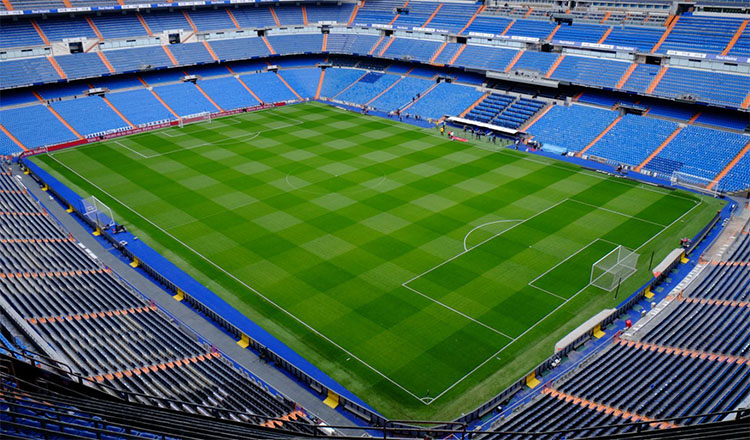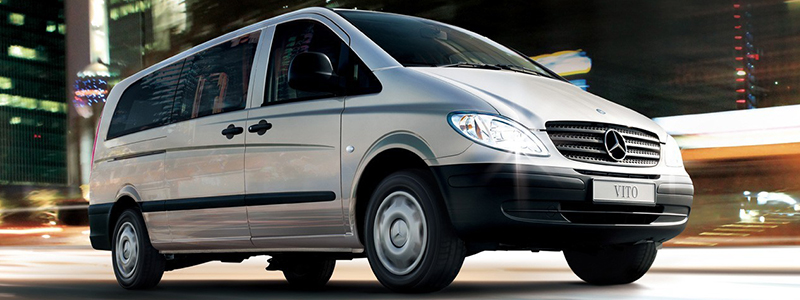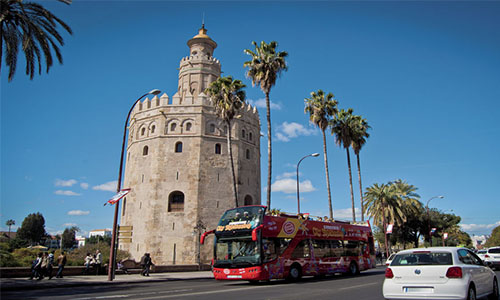The Ultimate Travel Guide to Barcelona and its Surrounding Regions

The Ultimate Travel Guide to Barcelona and its Surrounding Regions
Barcelona, the vibrant capital of Spain's Catalonia region, is a city that effortlessly blends medieval history with avant-garde architecture. Nestled between the Serra de Collserola mountains and the Mediterranean Sea, it offers a unique urban experience rich in art, culture, and gastronomy. This guide provides a comprehensive overview of Barcelona itself, along with exceptional day trips to its surrounding areas, ensuring a deeply enriching travel experience.
Introduction to Barcelona
Barcelona is a city of contrasts. Its Gothic Quarter whispers tales from Roman times and the Middle Ages, while the Eixample district showcases the fantastical Modernisme architecture of Antoni Gaudí. The city's spirit is deeply tied to Catalan culture, evident in its language, traditions, and the passionate energy of its people. From sun-drenched beaches to bustling markets and world-class museums, Barcelona presents a multifaceted destination that captivates millions of visitors each year.
Top Attractions in Barcelona
La Sagrada Família
Antoni Gaudí's unfinished masterpiece is the quintessential symbol of Barcelona. This basilica, under construction since 1882, is a breathtaking fusion of Gothic and Art Nouveau forms. Visitors are awestruck by its towering facades depicting the Nativity, Passion, and Glory, and the forest-like interior where columns stretch towards the ceiling like trees. Booking tickets online well in advance is essential to avoid long queues.
Park Güell
Another of Gaudí's fantastical creations, this public park is a UNESCO World Heritage Site. It features colorful mosaics, winding pathways, and architectural elements that blend seamlessly with nature. The main terrace, with its famous serpentine bench and views over the city, is a highlight. Access to the Monumental Zone requires a timed ticket.
Gothic Quarter (Barri Gòtic)
The heart of old Barcelona, this maze of narrow, winding streets is home to the Barcelona Cathedral, quaint plazas like Plaça Reial, and remnants of the Roman wall. It's a district best explored on foot, getting lost among its medieval buildings, hidden courtyards, and boutique shops.
La Rambla
This famous tree-lined pedestrian street stretches from Plaça de Catalunya to the Christopher Columbus Monument at the port. While often crowded with tourists, it's a vibrant spectacle of street performers, flower stalls, and news kiosks. Visitors are advised to be vigilant against pickpockets. A detour into the nearby Boqueria Market is a must.
Casa Batlló and Casa Milà (La Pedrera)
These two residential buildings on the Passeig de Gràcia are prime examples of Gaudí's organic architecture. Casa Batlló, with its skeletal facade, and Casa Milà, with its undulating stone wall and wrought-iron balconies, showcase his innovative genius. Visiting at night often provides unique tour experiences.
Montjuïc
This broad hill offers cultural attractions and panoramic city views. Key sites include the Montjuïc Castle, the National Art Museum of Catalonia (MNAC), and the Magic Fountain, which presents a spectacular light and music show in the evenings. The 1992 Olympic Stadium is also located here.
Barcelona's Culinary Scene
Catalan cuisine is a highlight of any visit, characterized by fresh ingredients from the sea and mountains.
Must-Try Foods
Where to Eat
Transportation: Getting Around Barcelona
Barcelona has an efficient and extensive public transportation system.
From the Airport
El Prat Airport (BCN) is connected to the city center by:
Within the City
Accommodation Tips
Barcelona offers a wide range of accommodation to suit all budgets.
Cultural Insights and Etiquette
Understanding local customs enhances the travel experience.
Exploring Beyond Barcelona: Day Trips
The regions surrounding Barcelona are rich in history, nature, and wine.
Montserrat
Located about an hour from Barcelona by train, the Montserrat mountain range is a spiritual and natural retreat. It is home to the Benedictine Abbey of Santa Maria de Montserrat, which houses the revered Black Madonna statue. Visitors can hike the numerous trails, listen to the famous boys' choir (L'Escolania), and enjoy stunning panoramic views. The cable car or rack railway up the mountain is an experience in itself.
Sitges
A charming coastal town just 40 minutes south by train, Sitges is known for its beautiful beaches, historic old town, and vibrant cultural scene. It hosts a famous international film festival and is known for its lively Carnival celebrations. The Cau Ferrat Museum, once the home of artist Santiago Rusiñol, is a key cultural attraction.
Girona
A journey of just 38 minutes on the high-speed AVE train brings travelers to the magnificent medieval city of Girona. Its well-preserved Jewish Quarter (Call), colorful houses hanging over the Onyar River, and immense Gothic cathedral are unforgettable. The city was also a key filming location for HBO's *Game of Thrones*.
Costa Brava
The "Wild Coast" north of Barcelona is famed for its rugged cliffs, secluded coves (calas), and crystal-clear waters. Towns like Cadaqués, where Salvador Dalí lived, and Tossa de Mar, with its fortified medieval village, are perfect for exploring. The Dalí Theatre-Museum in Figueres is another major draw in this region.
The Penedès Wine Region
Less than an hour from Barcelona, this is Spain's premier Cava (sparkling wine) producing area. Numerous wineries (bodegas), such as Codorníu and Freixenet, offer tours and tastings. The region also produces excellent still wines and offers picturesque landscapes of vineyards set against mountain backdrops.
A Sample 3-Day Itinerary
Day 1: Modernisme and City Views
- Morning: Visit the awe-inspiring Sagrada Família (pre-booked ticket).
- Afternoon: Explore Passeig de Gràcia to see Casa Batlló and Casa Milà from the outside or take a tour. Afterwards, head up to Park Güell for panoramic views.
- Evening: Enjoy dinner and drinks in the Gràcia neighborhood.
Day 2: The Historic Heart
- Morning: Wander through the Gothic Quarter, visit the Barcelona Cathedral, and discover the Roman ruins.
- Afternoon: Experience the sensory overload of La Boqueria Market for lunch. Walk down La Rambla to the port.
- Evening: Explore the trendy El Born district, visiting the Santa Maria del Mar church and enjoying tapas at local bars.
Day 3: Montjuïc or a Day Trip
- Option A (In City): Take the cable car to Montjuïc Castle, visit MNAC for its stunning art collection, and watch the Magic Fountain show in the evening.
- Option B (Day Trip): Take an early train to Montserrat for a half-day of hiking and cultural exploration before returning to Barcelona for a final farewell dinner.


